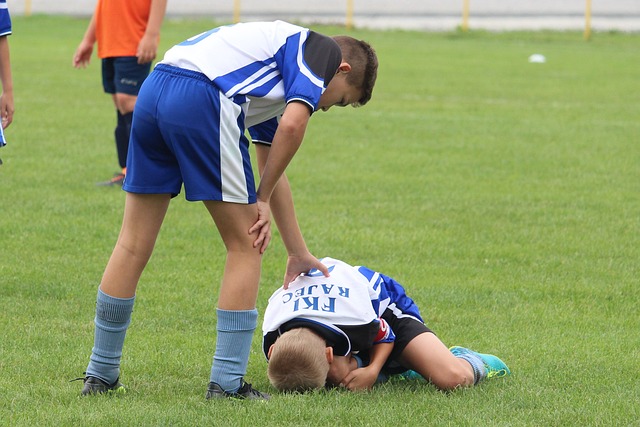Orthopedic injuries and conditions can significantly impact our mobility, quality of life, and overall well-being. Whether it’s a sports-related injury, degenerative condition, or post-operative recovery, the journey to rehabilitation often involves various therapies and interventions. Among these, strength training emerges as a crucial component, playing a pivotal role in not only restoring function but also preventing future injuries. In this blog post, we delve into the significance of strength training in orthopedic rehabilitation and its role in promoting long-term musculoskeletal health.
Understanding Orthopedic Rehabilitation:
Orthopedic rehabilitation aims to restore function, mobility, and strength following injuries or surgeries affecting the musculoskeletal system. This process often involves a multidisciplinary approach, including physical therapy, occupational therapy, and sometimes surgical intervention. While each aspect of rehabilitation is essential, strength training occupies a central position due to its ability to target specific muscle groups, improve stability, and enhance overall physical performance.
The Role of Strength Training:
Strength training involves exercises designed to increase muscle strength, endurance, and power through resistance-based movements. In the context of orthopedic rehabilitation, these exercises are tailored to address the specific needs of individuals recovering from injuries or surgeries. Here’s how strength training contributes to the rehabilitation process:
- Muscle Strengthening: Orthopedic injuries often lead to muscle weakness or atrophy due to disuse or trauma. Strength training helps counteract this by targeting weakened muscles, gradually increasing their strength and endurance over time. By incorporating resistance exercises such as weightlifting, resistance bands, or bodyweight exercises, individuals can rebuild muscle mass and improve functional capacity.
- Joint Stability and Support: Strong muscles play a crucial role in providing stability to the joints, especially after injury or surgery. Through targeted exercises focusing on joint stability and proprioception, individuals can improve balance, coordination, and overall joint function. This not only enhances mobility but also reduces the risk of future injuries by providing better support to vulnerable areas.
- Injury Prevention: Beyond rehabilitation, strength training serves as a proactive measure in preventing orthopedic injuries. By strengthening muscles, tendons, and ligaments, individuals can improve the resilience of their musculoskeletal system, making it less susceptible to injuries during physical activities or sports participation. Additionally, proper strength training techniques can help correct muscular imbalances and faulty movement patterns, further reducing injury risk.
Incorporating Strength Training into Rehabilitation:
When implementing strength training in orthopedic rehabilitation, it’s essential to tailor the exercises to the individual’s specific condition, goals, and stage of recovery. This often requires guidance from a qualified physical therapist or rehabilitation specialist who can design a customized exercise program based on the individual’s needs and abilities.
Key considerations when incorporating strength training into rehabilitation include:
- Gradual Progression: Begin with light resistance and gradually increase intensity as tolerated, taking into account factors such as pain, range of motion, and functional ability.
- Proper Form and Technique: Emphasize proper form and technique to ensure safe and effective execution of exercises, minimizing the risk of further injury.
- Variety and Specificity: Include a variety of exercises targeting different muscle groups and movement patterns to promote overall strength and functional capacity. Additionally, incorporate exercises that mimic activities of daily living or sports-specific movements to enhance functional outcomes.
- Monitoring and Adjustments: Continuously monitor progress and make adjustments to the exercise program as needed based on the individual’s response, feedback, and changing rehabilitation goals.
In orthopedic rehabilitation, strength training emerges as a cornerstone for restoring function, promoting recovery, and preventing future injuries. By incorporating targeted exercises to improve muscle strength, joint stability, and overall physical performance, individuals can expedite their rehabilitation journey and enhance their long-term musculoskeletal health. Whether recovering from a sports injury, surgery, or degenerative condition, integrating strength training into the rehabilitation process can make a significant difference in achieving optimal outcomes and maximizing quality of life.
Remember, always consult with a healthcare professional or rehabilitation specialist before starting any exercise program, especially if recovering from an orthopedic injury or surgery. With proper guidance and a tailored approach, strength training can pave the way towards a stronger, healthier, and more resilient musculoskeletal system.


